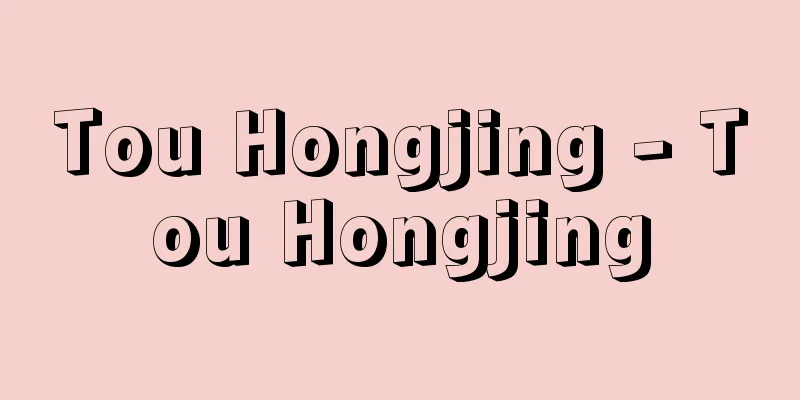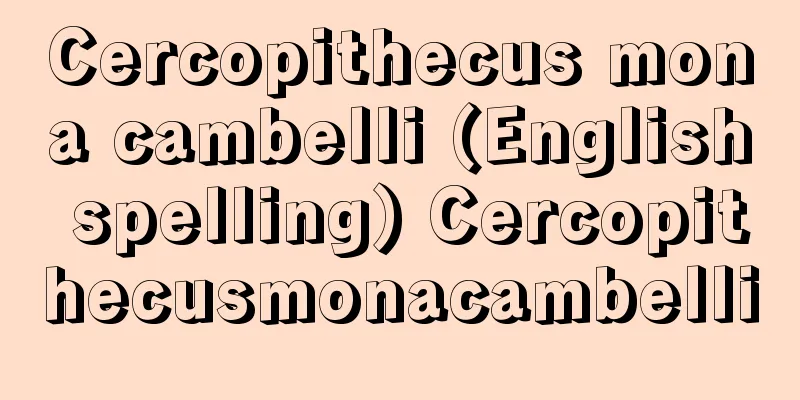Tou Hongjing - Tou Hongjing

|
A Taoist priest of the Qi and Liang dynasties in China, he established the Maoshan school of Taoism. At the age of 10, he read the Shenxian Zhuan by Ge Hong of the Jin dynasty and aspired to become a Taoist. In 484 (Yongming 2) during the Southern Qi dynasty, he received the Futu Jing method from the Taoist Sun Youyue (399-489) and became a Taoist priest. In the same year, he fell seriously ill in Shitoucheng and had a mystical experience of communicating with the world of immortals. In 492 (Yongming 10), he left the secular world and lived in Maoshan, calling himself Huayang Hermit. After this, he compiled the True Teachings, the True Secrets of Secrets of Secrets, and the Compiled Commentaries on the Shennong Bencao Jing, and established the Maoshan school of Taoism at the end of the Southern Qi dynasty. During the Liang dynasty, he was recognized by the Jiankang scholar-officials as a leader in the Taoist world, and was also consulted on political matters by Emperor Wu of the Liang dynasty, earning him the title of "Prime Minister of the Mountains." During this time, he wrote "Records of the Underworld of Zhou" and "True Spiritual Works." "True Spiritual Works" and its commentaries preach a tripartite view of the world, dividing the space between heaven, earth, and the living into three parts: the realm of immortals, the realm of humans, and the realm of ghosts, and that immortals, humans, and ghosts can ascend or descend depending on whether or not they have performed moral acts. "Dengzhenyinjie" explains the method of "Shuiyi," which protects the gods that pervade the body, and "Collected Commentaries on the Shennong Bencaojing" explains the method of nourishing the body with medicinal stones. In addition, the "True Rei Igyo Tu" describes the genealogy of Taoist gods, and the "Zhou Shi Ming Tong Ji" describes the interactions between his disciple Zhou Ziliang (497-516) and the world of immortals. These, along with the sword-dissolving methods (methods of dissolving corpses with a sword) that are described in various places in his writings, show the characteristics of his Taoist thought. [Minoru Sunayama May 21, 2018] "On the Thoughts of Tao Hongjing" by Minoru Sunayama (included in "Collection of Taoist Research Essays in Commemoration of Dr. Yoshioka's 60th Birthday", 1977, Kokusho Kankokai) [References] | | |Source: Shogakukan Encyclopedia Nipponica About Encyclopedia Nipponica Information | Legend |
|
中国、斉(せい)・梁(りょう)時代の道士、茅山(ぼうざん)派道教の大成者。10歳のとき、晋(しん)の葛洪(かっこう)の『神仙伝』を読んで神仙の道を志し、南斉(なんせい)の484年(永明2)には、道士孫遊嶽(そんゆうがく)(399―489)から符図経法(ふずきょうほう)を受け、道士となった。同年、石頭城において大病にかかり、仙界と交通する神秘的体験をしている。492年(永明10)、俗世間を離れ茅山に住み、自ら華陽(かよう)隠居と号した。こののち彼は『真誥(しんこう)』『登真隠訣(とうしんいんけつ)』『神農本草経集注』を編述し、南斉末には茅山派道教を大成した。梁代には道教界の領袖(りょうしゅう)として建康士大夫(したいふ)社会に認められ、また、梁の武帝から政治上の諮問も受けて「山中宰相」と称された。この間に『周氏冥通記(めいつうき)』『真霊位業図』を著す。『真誥』およびその注では、天地幽明の間を仙界、人界、鬼界の三つに分け、仙・人・鬼はその道徳的行為の有無によって昇降するという三部世界観が唱えられている。『登真隠訣』では、身体に遍満する神々を守る「守一(しゅいつ)」の法が説かれており、また『神農本草経集注』では、薬石によって肉体を養う法が説かれている。このほか『真霊位業図』では道教の神々の系譜が、『周氏冥通記』では弟子周子良(しゅうしりょう)(497―516)の仙界との交通のようすが語られており、彼の著作の諸所に説かれる剣解法(刀剣による尸解(しかい)の法)とともに、彼の道教思想の特徴を示している。 [砂山 稔 2018年5月21日] 『砂山稔著『陶弘景の思想について』(『吉岡博士還暦記念道教研究論集』所収・1977・国書刊行会)』 [参照項目] | | |出典 小学館 日本大百科全書(ニッポニカ)日本大百科全書(ニッポニカ)について 情報 | 凡例 |
Recommend
Quadrilogue invectif (English spelling)
...After graduating from the University of Paris,...
Machiavelli, Niccolò di Bernado de
Born: May 3, 1469 in Florence Died June 21, 1527. ...
Ebisugai (Ebisugai) - Ebisugai (English spelling) Tristichotrochus unicus
A snail shell of the family Muscidae (illustration...
Kyoto coins - Kinsen
〘Noun〙 Another name for Nanking coins. Among the c...
Kanuma [city] - Kanuma
A city in central Tochigi Prefecture. It was incor...
American Blend
...It is an air-dried variety that has a high abi...
Takase Dam
A rockfill dam dedicated to power generation locat...
A story of a morning glory
Joruri Gidayu-bushi. Sewamono (domestic drama). 5...
Agon - Agon
…During his time in America, he worked on revisin...
Elenismo - Elenismo
…In Latin, it is Graecia, and in modern European ...
Tsavo National Park - Tsavo National Park
This national park is located in eastern Kenya, h...
Glasswort
…In Europe, it is used as a vegetable like spinac...
Wangcheng Gang - Wangcheng Gang
…The remains of a large palace building were disc...
Hollander
…In Japan, bast fibers such as paper mulberry and...
Bird feather standing woman folding screen
This is one of the few painted folding screens tha...









